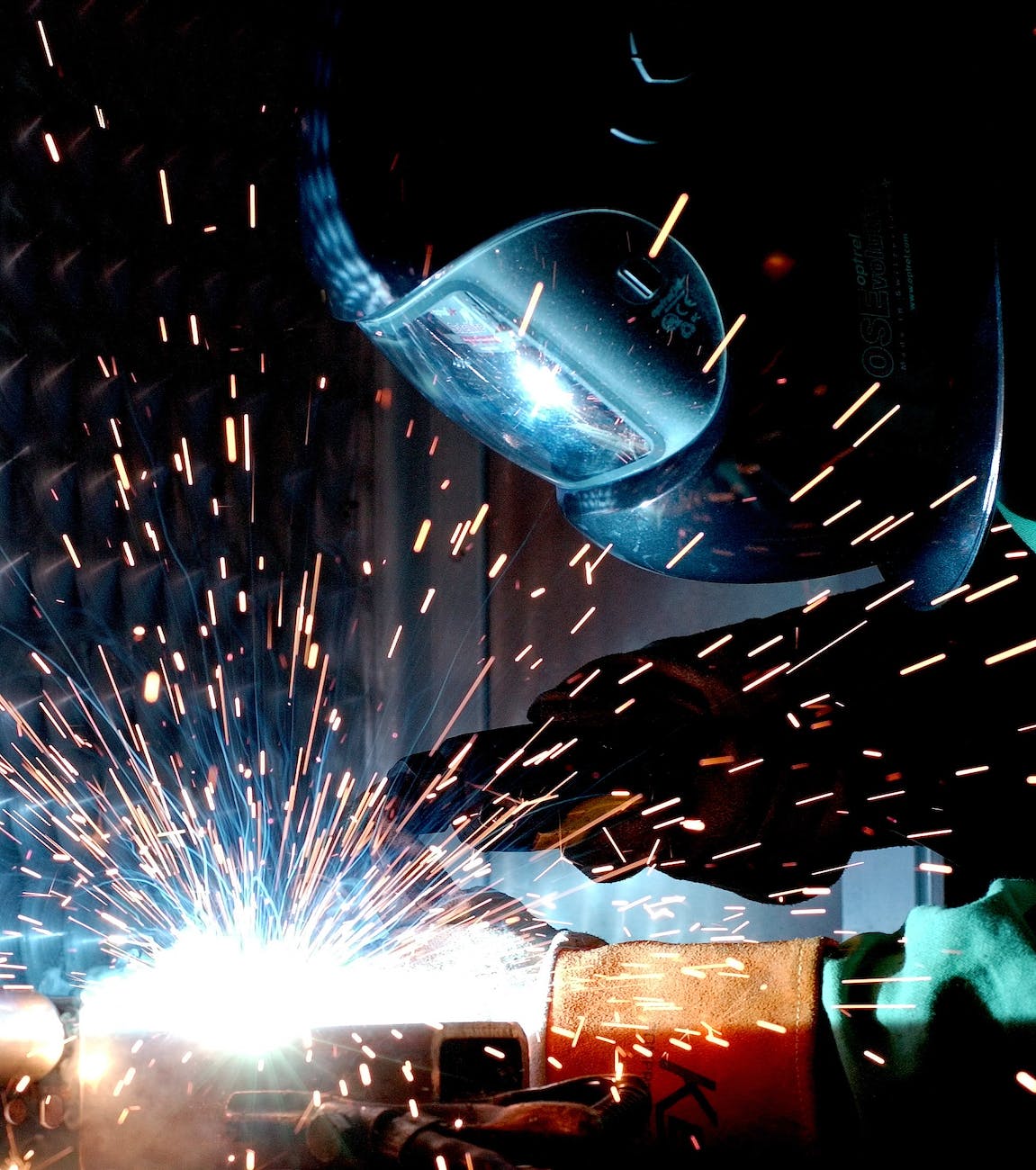
Hot Work Hazards and Precautions: Safeguarding Your Workspace
Hot Work Hazards and Precautions : Hot work, which involves activities such as welding, cutting, brazing, and soldering, plays a crucial role in various industries. While these processes are essential, they also come with inherent risks that can lead to accidents, injuries, and even fatalities if not managed properly. In this comprehensive guide, we will explore the hazards associated with hot work and provide you with essential precautions to ensure a safe and incident-free work environment.
Introduction
Hot work, though vital for many industries, poses significant risks to both workers and the workplace itself. In this article, we will delve into the world of hot work, examining its definition, common processes, and the various hazards associated with it. We will also provide you with a comprehensive guide on how to prevent incidents and maintain a safe working environment.
Understanding Hot Work
2.1 Definition of Hot Work
Hot work encompasses any process that involves open flames or generates heat and sparks. It includes welding, cutting, brazing, soldering, and similar activities that use flame-producing equipment.
2.2 Common Hot Work Processes
There are several common hot work processes, such as welding, which joins materials by melting them together, and cutting, which involves removing sections of metal or other materials using various tools.
Hazards of Hot Work
Hot work introduces several hazards that need to be addressed to prevent accidents and injuries.
3.1 Fire Hazards
One of the most significant risks associated with hot work is fire. Sparks, molten metal, and open flames can easily ignite flammable materials in the vicinity.
3.2 Explosive Hazards
The intense heat generated during hot work can cause the unexpected explosion of gas cylinders or other containers, posing a severe threat to workers and the environment.
3.3 Health Hazards
Workers performing hot work are exposed to harmful fumes and gases, which can lead to respiratory issues and long-term health problems if not properly managed.
Preventing Hot Work Incidents
To ensure safety during hot work activities, various precautions must be taken.
4.1 Risk Assessment
Before commencing any hot work, a thorough risk assessment should be conducted to identify potential hazards and plan mitigation strategies.
4.2 Safe Work Permits
Obtaining the necessary permits and approvals ensures that hot work is carried out under controlled conditions.
4.3 Adequate Training
All personnel involved in hot work must receive proper training to understand the risks and safety measures.
4.4 Fire Prevention Measures
Implementing fire prevention measures, such as removing flammable materials from the work area, is crucial.
4.5 Personal Protective Equipment (PPE)
Workers should be equipped with appropriate PPE, including flame-resistant clothing, safety glasses, and gloves, to minimize the risk of injuries.
Hot Work Safety Procedures
5.1 Hot Work Area Preparation
Preparing the work area by removing potential hazards and ensuring proper ventilation is essential.
5.2 Fire Watch
Appointing a fire watch during hot work ensures quick response in case of fire or emergencies.
5.3 Hot Work Equipment Inspection
Regularly inspecting and maintaining hot work equipment helps prevent malfunctions and accidents.
Emergency Response
6.1 Fire Extinguishers
Having the right type of fire extinguishers readily available is critical for rapid response to fires.
6.2 First Aid
Knowing first aid procedures and having a well-equipped first aid kit on hand is essential for treating injuries.
Regulations and Compliance
7.1 OSHA Regulations
The Occupational Safety and Health Administration (OSHA) provides guidelines and regulations to ensure safe hot work practices.
7.2 Local and International Standards
Adherence to local and international standards is essential for maintaining safety during hot work.
Case Studies
8.1 Real-Life Incidents
Examining real-life incidents can provide valuable insights into the consequences of inadequate hot work safety measures.
8.2 Lessons Learned
Learning from past incidents helps in improving safety procedures and preventing future accidents.
Best Practices
We will provide a comprehensive list of best practices to ensure hot work safety.
Conclusion
Hot work is an integral part of many industries, but it comes with inherent risks. By understanding these risks and implementing robust safety measures, we can minimize accidents and create a safer working environment.
Grinding Hazards and Precautions
Kuwait: Legal Rights of Workers and Employees
Qatar: Legal Rights of Workers and Employees
United States: Legal Rights of Workers and Employees
Singapore: Legal Rights of Workers and Employees
FAQs
- What is hot work?
- Hot work refers to processes like welding and cutting that involve open flames or heat-producing equipment.
- What are the primary hazards of hot work?
- The primary hazards include fire, explosions, and health risks from fumes and gases.
- How can I prevent hot work incidents?
- Preventing incidents involves risk assessment, proper training, and adherence to safety measures.
- Are there regulations governing hot work safety?
- Yes, organizations like OSHA provide regulations to ensure hot work safety.
- Why are case studies important in hot work safety?
- Case studies offer real-life examples that help in understanding the consequences of inadequate safety measures.
In conclusion, hot work hazards are a serious concern that requires proactive measures to mitigate risks effectively. By following the outlined precautions and best practices, you can ensure a safer work environment for yourself and your colleagues. If you have any more questions or need further information, please feel free to reach out. Stay safe!

























Send